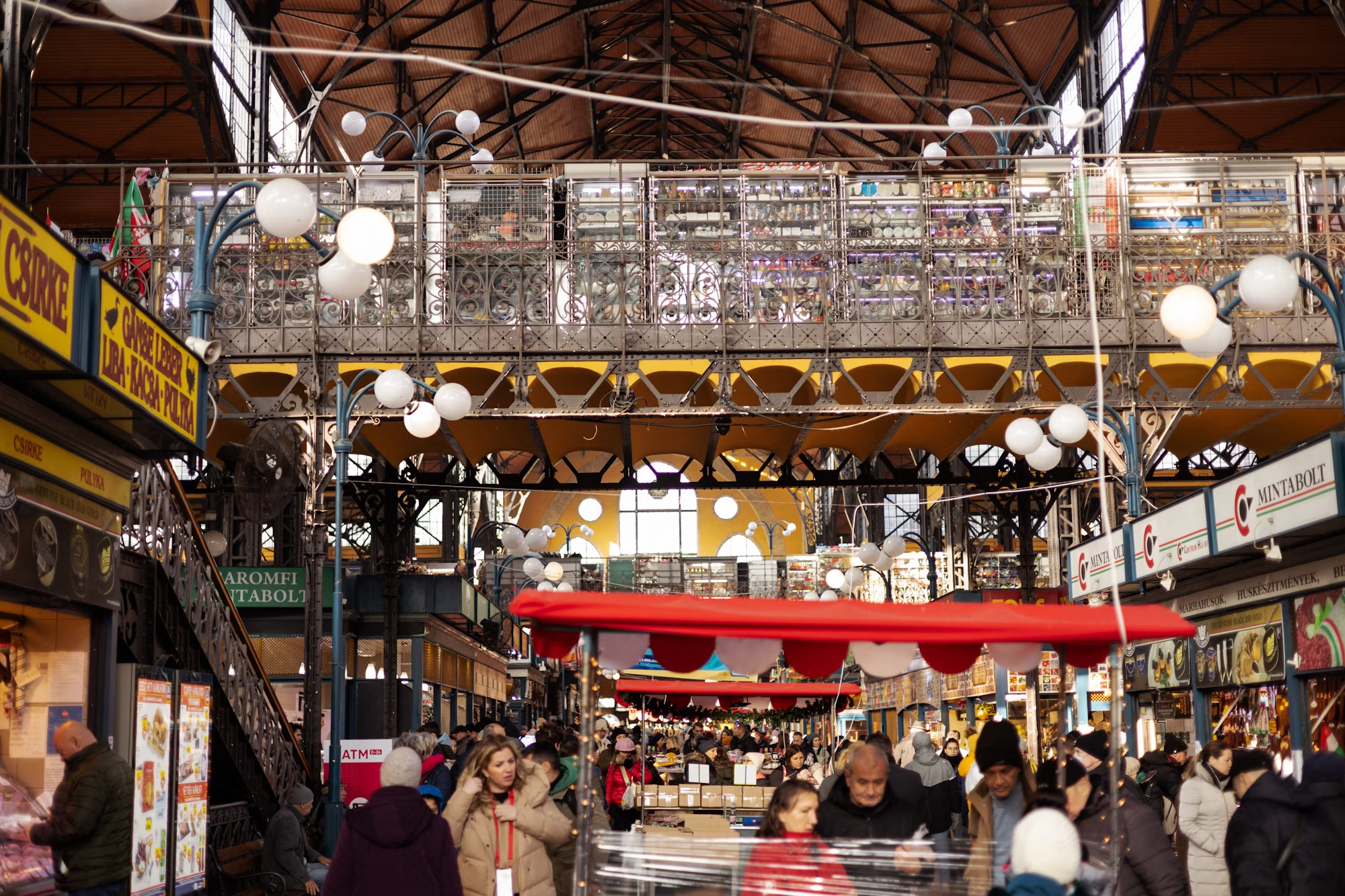Sustainable fashion has emerged as a vital response to the growing environmental concerns associated with the clothing industry. As consumers become more conscious of their impact on the planet, brands are adapting their practices to align with these values. This article explores the evolution of sustainable fashion, highlighting innovative practices, changing consumer demand, and the transformative role of technology in shaping the future of the industry. The journey towards sustainable fashion begins with the recognition of the significant environmental footprint left by traditional clothing production. From water consumption to chemical waste, the impact of fast fashion is profound. In response, many brands are adopting sustainable practices aimed at minimizing their ecological footprint. One prominent approach is the use of eco-friendly materials. Natural fibers like organic cotton, hemp, and Tencel are gaining popularity as alternatives to conventional textiles. These materials not only reduce environmental harm but also offer consumers high-quality, comfortable clothing. Additionally, recycled fabrics, derived from post-consumer waste, are becoming a staple in many collections, showcasing how the industry is innovating to reduce waste and promote circularity. Another key aspect of sustainable fashion is ethical manufacturing practices. Brands are increasingly prioritizing fair labor conditions and transparent supply chains. By ensuring that workers are treated fairly and paid adequately, companies can foster a sense of trust with consumers who value ethical considerations in their purchases. Certifications such as Fair Trade and GOTS (Global Organic Textile Standard) provide consumers with assurance that their clothing is produced responsibly. The rise of secondhand shopping is another significant trend within the sustainable fashion movement. Thrift stores, consignment shops, and online resale platforms are flourishing as consumers seek unique, affordable clothing while reducing waste. This shift not only extends the lifecycle of garments but also encourages a more thoughtful approach to consumption. By embracing secondhand shopping, consumers are actively participating in a circular economy that values reuse over waste. The influence of technology on sustainable fashion cannot be overstated. Innovative tools are transforming how brands design, produce, and market their products. For example, 3D printing is revolutionizing the production process, allowing for on-demand manufacturing that minimizes waste. Brands can create custom designs without the need for excess inventory, aligning with sustainable principles while also catering to consumer desires for personalization. Furthermore, advancements in digital fashion are gaining traction. Virtual clothing, which exists solely in digital form, presents a unique solution to the issue of overproduction. Consumers can purchase and wear virtual outfits in online spaces without contributing to physical waste. This innovative concept challenges traditional notions of fashion and provides an exciting avenue for creative expression while promoting sustainability. Social media is also playing a pivotal role in shaping the narrative around sustainable fashion. Influencers and activists are leveraging platforms like Instagram and TikTok to raise awareness about the environmental and ethical implications of the fashion industry. Their efforts are inspiring consumers to make more conscious choices and support brands that align with their values. This grassroots movement is compelling companies to take a stand on sustainability, as consumers increasingly demand transparency and accountability. The importance of education in promoting sustainable fashion cannot be overlooked. Consumers need access to information about the environmental and social impacts of their clothing choices. Brands that invest in educating their audience about sustainable practices are more likely to foster loyalty and inspire responsible consumption. Workshops, online resources, and informative campaigns can empower consumers to make informed decisions and understand the significance of sustainable fashion. As the demand for sustainable fashion continues to grow, so does the potential for collaboration within the industry. Brands, designers, and sustainability advocates are joining forces to create innovative solutions and drive change. Collaborative initiatives, such as upcycling projects and sustainable fashion shows, showcase the creativity and ingenuity of the industry while highlighting the importance of community and shared goals. In conclusion, the future of sustainable fashion is bright, driven by a collective commitment to environmental and social responsibility. As consumers increasingly prioritize ethical practices and eco-friendly materials, brands must continue to innovate and adapt to meet these changing demands. The role of technology, education, and collaboration will be pivotal in shaping the trajectory of the industry, paving the way for a more sustainable and inclusive fashion landscape. By embracing these principles, we can create a future where fashion not only expresses individuality but also contributes positively to the world around us.
Exploring the Future of Sustainable Fashion

Categories:
Related Post

Embracing the Future: How Technology is Revolutionizing RetailEmbracing the Future: How Technology is Revolutionizing Retail
An in-depth look at how emerging technologies are transforming the retail landscape, enhancing custo

Exploring the Future of Electric Vehicles: Innovations and ImpactsExploring the Future of Electric Vehicles: Innovations and Impacts
An in-depth look at the evolution of electric vehicles, highlighting key innovations, market trends,

Exploring the World of Local Markets: A Celebration of Community and CultureExploring the World of Local Markets: A Celebration of Community and Culture
This article delves into the significance of local markets, highlighting their role in promoting com